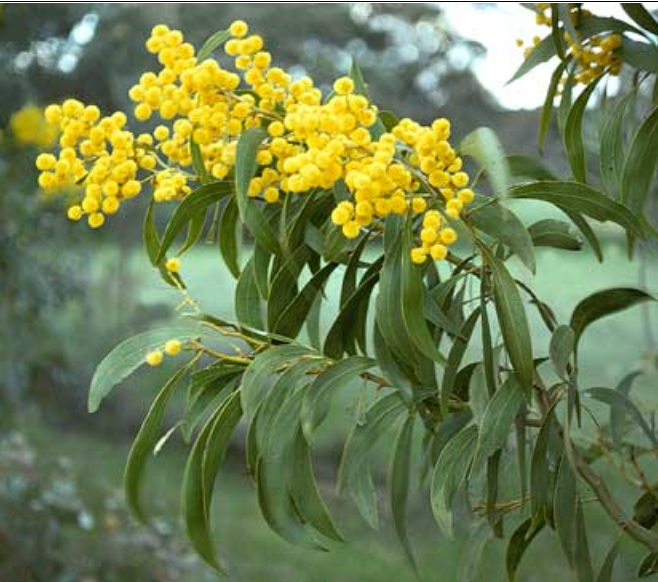Money is our madness, our vast collective madness. (D. H. Lawrence)
Given my personal relationship with money it is the height of folly to even approach this subject. However, elsewhere I state that the Environmental Activists and their organizations are vastly outspent by players in “The Economy”. So here I quote some numbers just to support that contention.
As a yardstick let me use the Earthshot Prize. This is a sought after award introduced in 2020, with the first five winners to be announced in 2021. Each winner will receive 1 million pounds to “inspire and celebrate new, collaborative action to meet the environmental challenges we face”.
The Earthshot Prize then totals $US 65 million (approx) over 10 years (£50 million). That sum is enhanced by the prestige, support and publicity surrounding the prize. It is very generous and will no doubt be leveraged many times over by the recipients and the Earthshot Alliance.
—
$65 million is:
- The net income of Apple Inc. in 10 hours (2019)
- Jeff Bezos’ net worth increase in 5 hours
- Lockheed Martin’s sticker price for one F35 aircraft (plus another $65 million to fly it for about a year)
- The value of oil shipped from Saudi Arabia in 3 days
- The value of natural gas on 4 LNG carriers
- US spending on pet food in 15 hours (source:Statista)
- 5 ½ minutes of super-bowl (US “football”) ads ($5.6 million per 30 seconds)
- A bit less than the value of Everydays: the First 5,000 Days; a mosaic of every image that artist Mike Winkelmann, who goes by the name Beeple, has made since 2013. The artwork is attached to a non-fungible token (NFT), a digital certificate of authenticity that runs on blockchain technology.
…which handily provides a segue into crypto-currencies and NFTs
—
Crypto-currencies
When I saw the headline “Bitcoin uses more electricity than Argentina” my immediate reaction was to add Bitcoin, and all the other crypto currencies into the “bad” column. Actually the “more bad” column, given my previous dismissal of crypto as a worthwhile investment (a predictable part of my relationship to money).
Then, inevitably, there is an opposing view in Forbes, which makes me rethink crypto. Does it need to go in the “Maybe not so bad” column? Is it a valuable tool that allows fast and easy money transfers safe from inflation, exchange fees, dictatorial governments and confiscation? Is the energy cost justified?
Based on the Forbes article here are some comparison numbers and a concluding quote:
- Electricity use in 1 year:
- Bitcoin 12 TWh
- Gold mining 132 TWh
- Banking 140 TWh
- Grid loss US 200 TWh (my calculation; 4009 TWh generated, 5% loss)
“The bottom line is this: as renewable energies become cheaper, bitcoin will become greener – and so will everything else. There is no question that bitcoin, the blockchain, cryptographic currencies, and DLT [Distributed Ledger Technology] protocols must all seek to lower their energy consumption and reduce their carbon footprints – but we all do: central banks, financial institutions, the mining sector… and you and me.”
—
The Biden green plan
$3 to maybe $4 trillion !
If the numbers being reported are correct that would be a green and gold* moment for the Environmental Crisis.
But there are a few issues:
- The actual numbers are hard to parse. It is just a plan, the numbers are under discussion.The legislation will go through lengthy negotiations and amendments before being passed.
- Green spending is tied into a huge number of other priorities; highways, bridges, broadband, water and sewer lines, railways, ports, the grid, human infrastructure such as housing and child care etc.
- Finally all of this spending is subject to reversal if power in the US government shifts again. Hence 1biosphere and the call for stories to generate political action.
*which happen to be the national colors of Australia. The national colours, green and gold, hold a treasured place in the Australian imagination. Long associated with Australian sporting achievements, the national colours have strong environmental connections. Gold conjures images of Australia’s beaches, mineral wealth, grain harvests and the fleece of Australian wool. Green evokes the forests, eucalyptus trees and pastures of the Australian landscape.


A few days after this entry the Biden administration released details of the plan. See the next blog entry – the Biden $2T plan